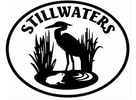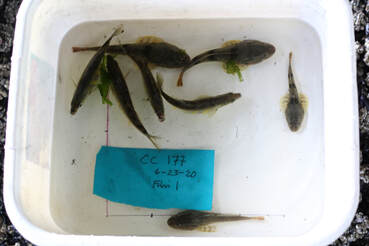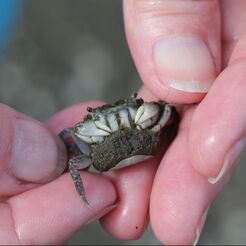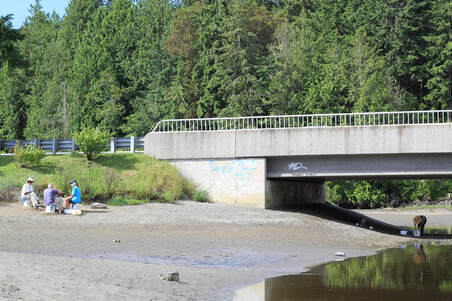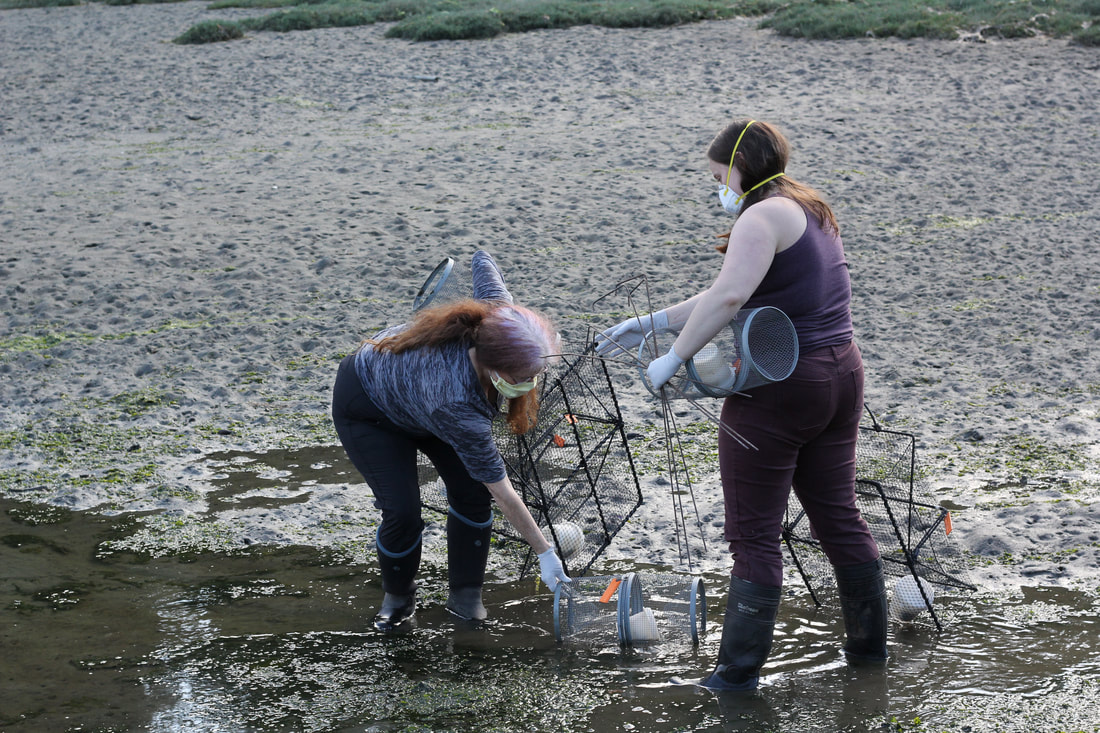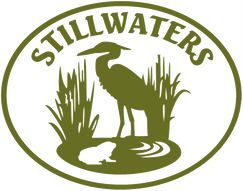Volunteers Needed for Invasive European Green Crab Monitoring
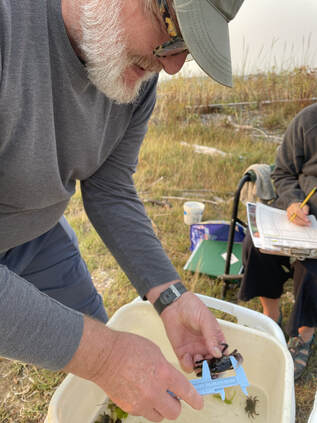
Washington Sea Grant’s Crab Team is training new volunteers in March to help with invasive European green crab monitoring at more than 50 sites around Puget Sound, including 20 in Kitsap and Jefferson County. Crab Team has been a highly successful early detection system for this economically and ecologically damaging species since 2016. Each year, volunteers set traps overnight once monthly between April and September hoping NOT to find green crabs in them in the morning.
Crab Team is just one component of Washington state and tribal efforts to keep green crabs from gaining a foothold in Puget Sound, but it has been very important as last year’s detection near Seabeck attests. After the team at Nick’s Lagoon found a green crab in May, WDFW crews set hundreds of traps in the area to determine the scope of the invasion and eradicate the threat – or at least prevent green crab numbers from exploding.
(Right: Volunteer measures a purple shore crab trapped at Doe Kag Wats.)
The European green crab (Carcinus maenus) is considered one of the most damaging invasive species in the world. Away from the predators and competitors that keep their populations in check in Europe, introduced European green crab populations can grow rapidly. They eat young native crabs (like Dungeness), clams, oysters, and mussels, threatening local crab and shell fisheries and disrupting food webs for native species. Large populations also destroy critical nearshore and estuarine habitats with their burrowing.

Stillwaters has coordinated monitoring volunteers at the Kingston (AKA Carpenter Creek) Estuary near Arness Park since 2016 and took on a second site, Doe Kag Wats, on Suquamish tribal land near Indianola in 2022. We need new volunteers to join 2-4 experienced monitors at each site. Teams set traps after the daytime low tide when the subsequent nighttime low will remain high enough to keep traps well-covered until they can be retrieved the next day.
No green crabs have been found in either estuary so far, but plenty of other crabs and fish end up in the traps – on average, more than 500 per month at the Carpenter Creek site! Volunteers learn how to identify trapped fish and crab species and collect data including sex and size of crabs and types of nearby shoreline vegetation to provide baseline information on estuary ecosystems. Volunteers also scan the shoreline for ‘molts’, the cast-off, hollow ‘skins’ of growing crabs that are sometimes mistaken as dead crabs.
(Right/above: Volunteers identify and measure shore crabs and other species trapped at Doe Kag Wats)
No green crabs have been found in either estuary so far, but plenty of other crabs and fish end up in the traps – on average, more than 500 per month at the Carpenter Creek site! Volunteers learn how to identify trapped fish and crab species and collect data including sex and size of crabs and types of nearby shoreline vegetation to provide baseline information on estuary ecosystems. Volunteers also scan the shoreline for ‘molts’, the cast-off, hollow ‘skins’ of growing crabs that are sometimes mistaken as dead crabs.
(Right/above: Volunteers identify and measure shore crabs and other species trapped at Doe Kag Wats)
This season we have several returning monitors but need new volunteers willing to get a little muddy setting and retrieving traps, particularly at the Kingston Estuary (AKA the Slough).
For more information on green crabs, trainings, and volunteering -- visit wsg.washington.edu/crabteam/.
For more information on green crabs, trainings, and volunteering -- visit wsg.washington.edu/crabteam/.
